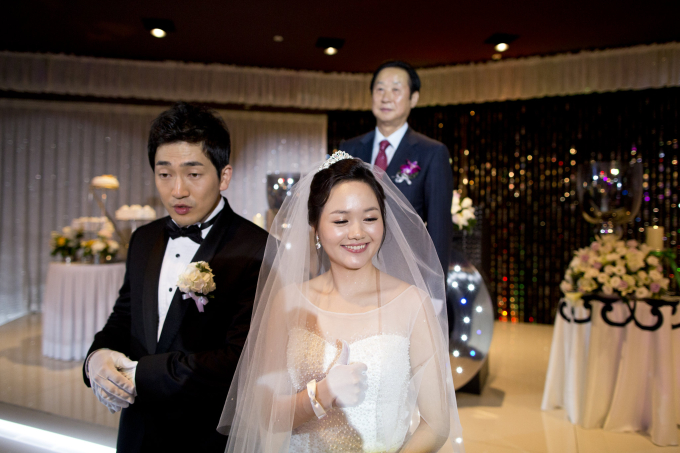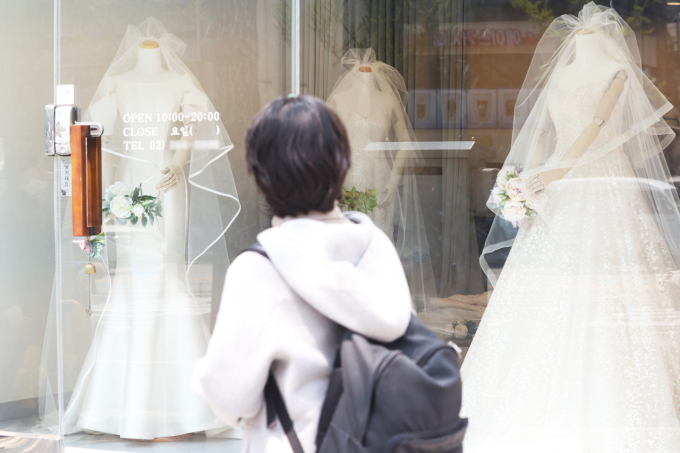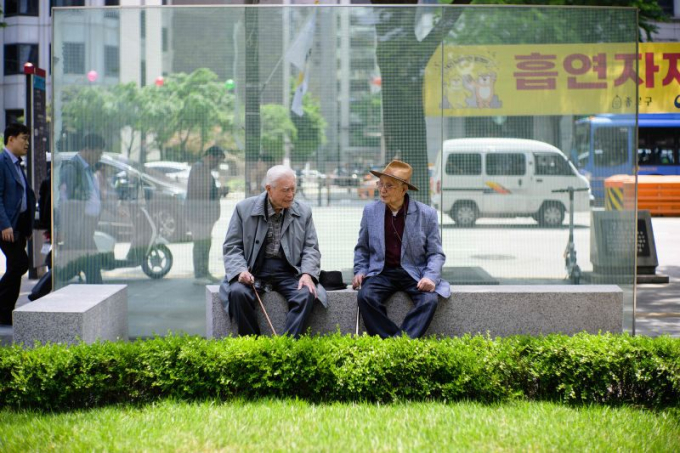The Impact of Rising Poverty on Marriage Rates in South Korea
Image source: Business Today
In recent years, South Korea has been facing a growing crisis in its demographic trends, particularly in relation to marriage rates. Despite efforts by the government, statistics indicate a significant decline of 40% in the marriage rate since 2013, with only 193,673 couples tying the knot in 2023 compared to 322,807 couples a decade prior. This decline is primarily attributed to changing attitudes towards marriage among young people.
Changing Perspectives on Marriage
A report published in 2022 revealed that among individuals aged 19-34, only about a third held positive views on marriage, a drastic shift from 2012 when over half of individuals in the same age group had a positive outlook on matrimony. Economic factors emerged as a major deterrent, with 37% of young Koreans citing financial strain as the main obstacle to marriage. Additionally, 17.3% believed that marriage was not a necessary step, while 11% expressed concerns about the pressures of parenthood and the cost of raising children. Another 10% delayed marriage due to the lack of stable employment opportunities.

Low Birth Rates: The Consequence of Reduced Marriages
As marriage rates decrease, South Korea inevitably experiences a decline in birth rates as well. In 2022, the country recorded only 230,000 births, a 7.7% decrease compared to 249,186 births in 2021 and a staggering 47.3% drop compared to a decade earlier. This trend aligns with the rise of modern lifestyles, where couples opt for cohabitation without marriage or choose not to have children due to the heavy financial burdens associated with raising a family.

By 2023, South Korea’s birth rate had plummeted to 0.72, marking the sixth consecutive year with a birth rate below 1. This figure is significantly lower than the replacement level of 2.1, which is necessary for maintaining a stable population. Statistical projections suggest that the birth rate may further decline to 0.68 by 2024.
The Burden of an Aging Society
As birth rates decline, South Korea is grappling with the rapid increase in its elderly population. This demographic shift necessitates the expansion of services and infrastructure to cater to the needs of older individuals. The number of elderly care facilities, including nursing homes, specialized hospitals, and welfare institutions, surged from 76,000 in 2017 to 89,643 in 2022.

These societal changes exert significant strain on an already burdened social system, which grapples with issues such as stagnant wages, high living costs, and financial instability. Such challenges are not unique to South Korea; other East Asian countries, including China and Japan, face similar population crises as marriage and birth rates continue to decline.
In conclusion, the rising poverty levels in South Korea have had a profound impact on marriage rates, contributing to a significant decline in recent years. This decline, in turn, has led to lower birth rates and an aging population, presenting the country with various economic and social challenges. As South Korean society grapples with these issues, policymakers are tasked with finding sustainable solutions to reverse these demographic trends and support a thriving population.
Source: Korea Times
